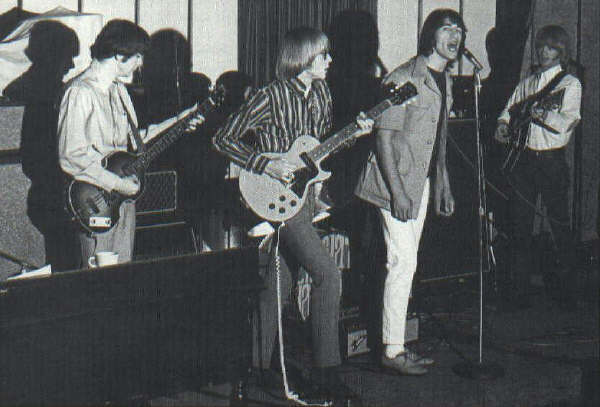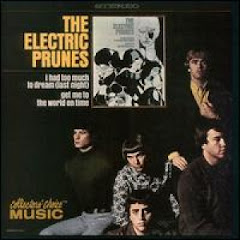Lord and master of all things combo, this line of organ is probably revered as much for its sound as for its sleek look. The beautiful inverted, harpsichord-like keys, smooth pull drawbars, and striking red flat-top cover set the bar for portable organ design over the next 10 years. Initially meant to replace the B3 for touring musicians, the distinct transistor sound of the Continental caught on with groups like the The Animals and Sir Douglas Quintet and was used most famously on Iron Butterfly’s In-A-Gada-Da-Vida. The Super Continental boasted two sets of keyboards (known as “manuals”) and even more customization of sound with a “percussion” feature, while stripped down versions like the Jaguar featured only preset buttons, without the drawbars, and a slightly thinner sound. Hard to go wrong with the Vox Con tho; let’s hear it tear. “Lay it on me, Augie“:

They’ll tell you any combo organ recording from the 60s… if it’s not a Vox Continental it’s the Farfisa Compact. The Farfisa sound is somewhat distinct, sounding punchy and chewier than the Vox, and the “Farfisa” name does seem to embody the whole combo-organ sound in our collective consciousness. The Italian-made Farfisa was converted from the company’s transistor accordians, and became the 2nd most popular combo organ after the Vox; probably a more affordable choice for tons of 60s garage bands. The octave of black keys on the left could be switched to a bass sound that was separate from the white keys, and uniquely, you could push the lever on the bottom with your knee to open the filter of the sound during performance. The Compact line spawned many fine instruments including the Farfisa Compact Duo (two manuals), the brilliantly designed (but non-transistor) Farfisa FAST and Professional, and a series of interesting organ/synthesizer hybrids. Here’s a glaring Farfisa cut I’m sure you’ve all heard, followed by a clip of Herbie Hancock riffing nasty on a busted Farfisa for Miles Davis’s Tribute to Jack Johnson:
Ray Manzarek used the Vox Continental for the first two Doors albums, but switched and stayed with the G-101, also known as the Kalamazoo. His use of the instrument, combined with a Rhodes Piano Bass set on top, has lended to its classic, sought-after status. Not only did the G-101 have black bass keys like the Compact, but an additional set of gray keys that could switch between an extended bass section or extended treble section. Other features included vibrato, tremolo, and sustain controls. What most distinguished it from other combos were its Piano and Harpsichord sounds, similiar to sounds heard on Back Door Man (The Doors) and Lucy in the Sky, respectively.











2 comments:
Fantastic site. You should check out:
http://www.youtube.com/watch?v=sfqJk69xlhQ
Unfortunately your combo organ selections are incorrect: the Sir Douglas Quintet number features a Farfisa and INCENSE AND PEPPERMINTS is obviously a Vox Continental. Believe it or not, I was alive and around during this time and actually owned and played these instruments. To the unfamiliar ear, I guess that they sound similar, but the timbres of the Vox and Farfisa are fairly distinctive.
Post a Comment